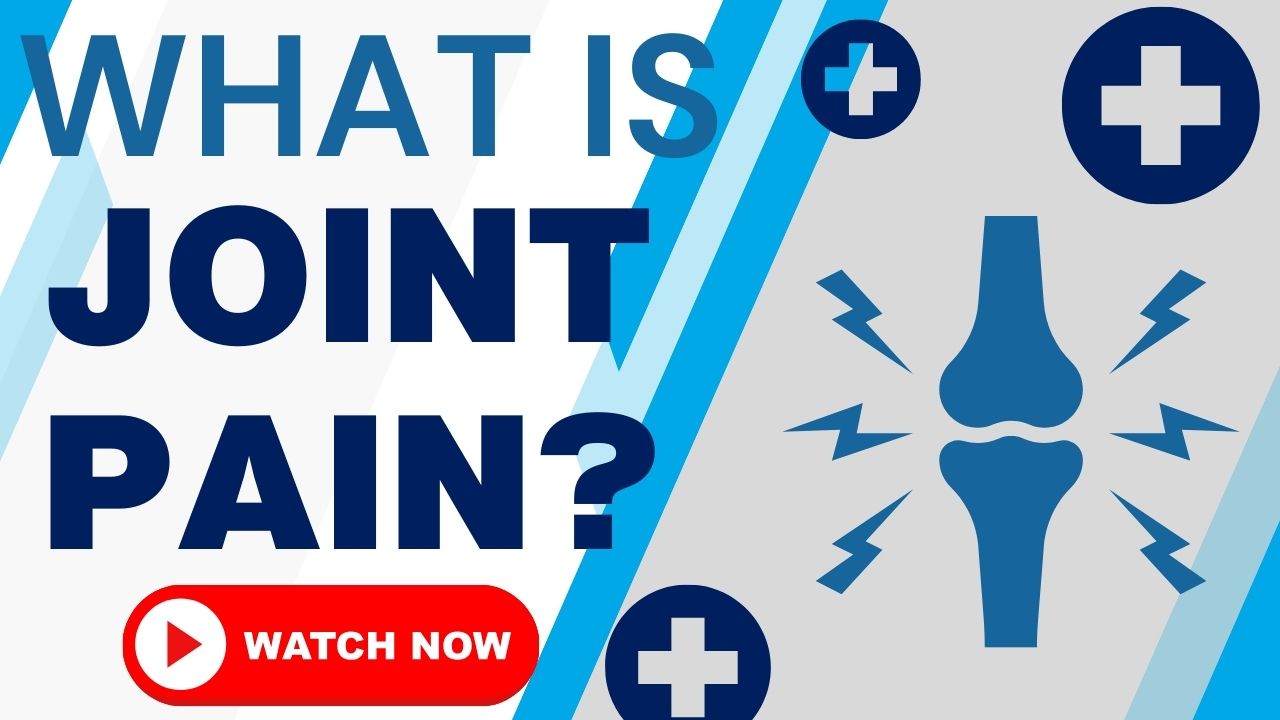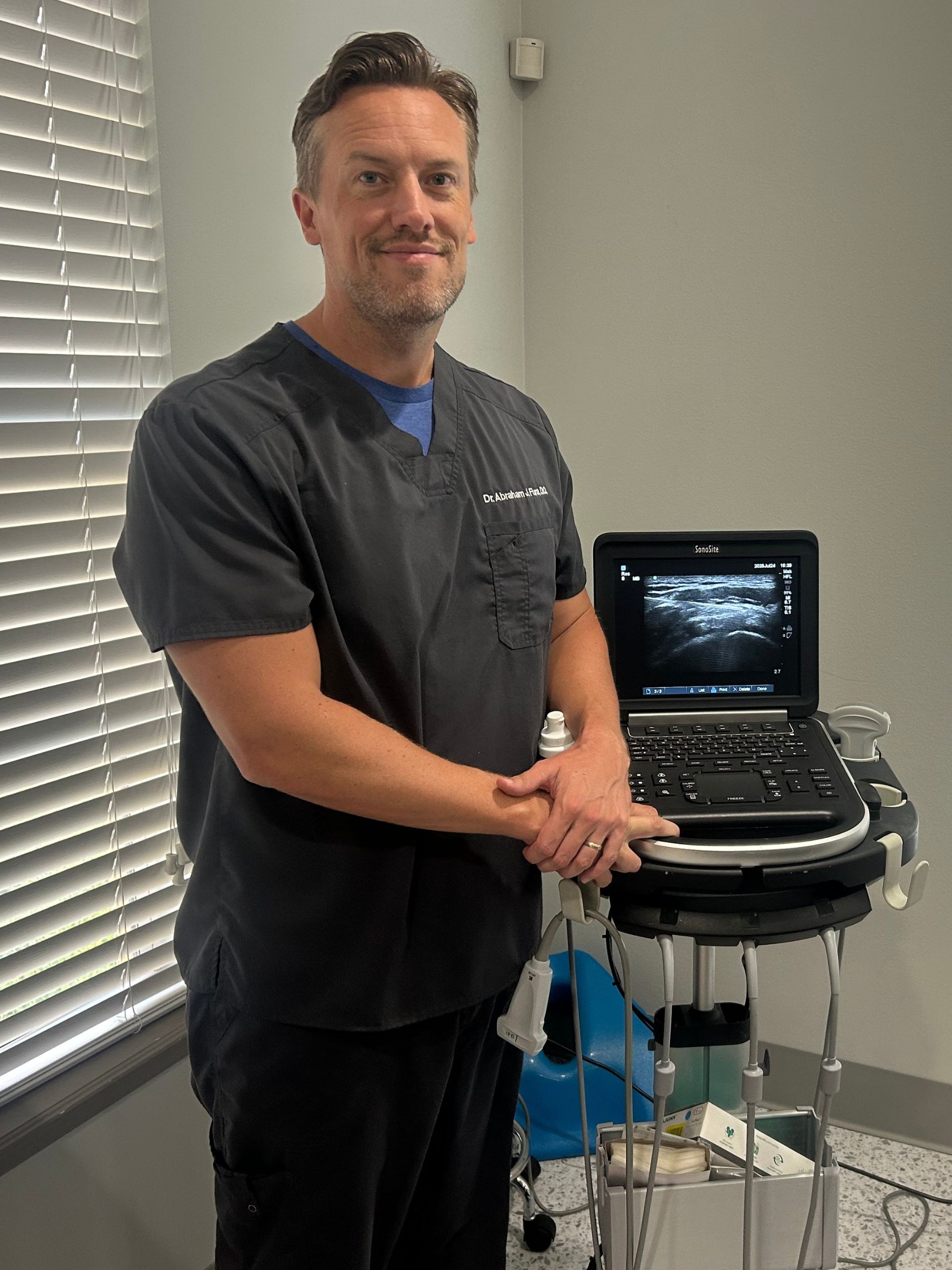
A COMPREHENSIVE APPROACH
Joint pain is an extremely common complaint that can affect your ability to walk, work, and enjoy life. It can arise from any part of a joint—including the cartilage, ligaments, tendons, or bone. While "joint pain" is a symptom, it's not a diagnosis. The key to lasting relief is a precise investigation to find the underlying cause, whether it's from arthritis, a traumatic injury, or an overuse condition. We specialize in advanced diagnostics to pinpoint the exact source of your pain and create a targeted, non-surgical treatment plan to restore your comfort and mobility.

COMMON CAUSES
Joint pain can stem from degeneration, inflammation, or injury to any part of the joint structure. Identifying the specific source is the key to successful treatment.
The leading cause of chronic joint pain. This includes "wear-and-tear" osteoarthritis that breaks down cartilage and autoimmune conditions like rheumatoid arthritis.
Pain caused by a specific event like a fall or sports injury, which can lead to ligament sprains, tendon strains, or cartilage tears within the joint.
Inflammation of the small, fluid-filled bursa sacs that provide cushioning in and around joints like the shoulder, hip, and elbow.
Pain originating from the tendons that cross the joint, usually due to overuse, which can cause either acute inflammation (tendonitis) or chronic degeneration (tendinosis).

DIAGNOSTIC CLUES
The specific characteristics of your pain provide important clues to its underlying cause. Note these details when speaking with your doctor.
Is the joint swollen, warm to the touch, or red? These are classic signs of active inflammation, common in acute injuries and inflammatory arthritis.
Does the joint feel stiff and difficult to move in the morning or after sitting? How long does the stiffness last?
Does the joint lock, catch, click, pop, or feel like it's "giving out"? This may suggest an internal structural issue like a cartilage tear.
Does the pain worsen with activity and feel better with rest (a sign of osteoarthritis), or is it more constant?
Is the pain in one specific joint, or does it affect multiple joints? Is it symmetrical on both sides of your body?
Is the joint pain accompanied by any shooting pain, numbness, or tingling? This may indicate that the source is a pinched nerve referring pain to the joint.
Don't just mask your aching, stiff, or unstable joints with pain pills. The key to effective relief is a precise diagnosis to understand *why* your joint hurts. We specialize in identifying the specific cause and creating a modern, non-surgical plan to restore your function. Contact us to find the real source of your joint pain.